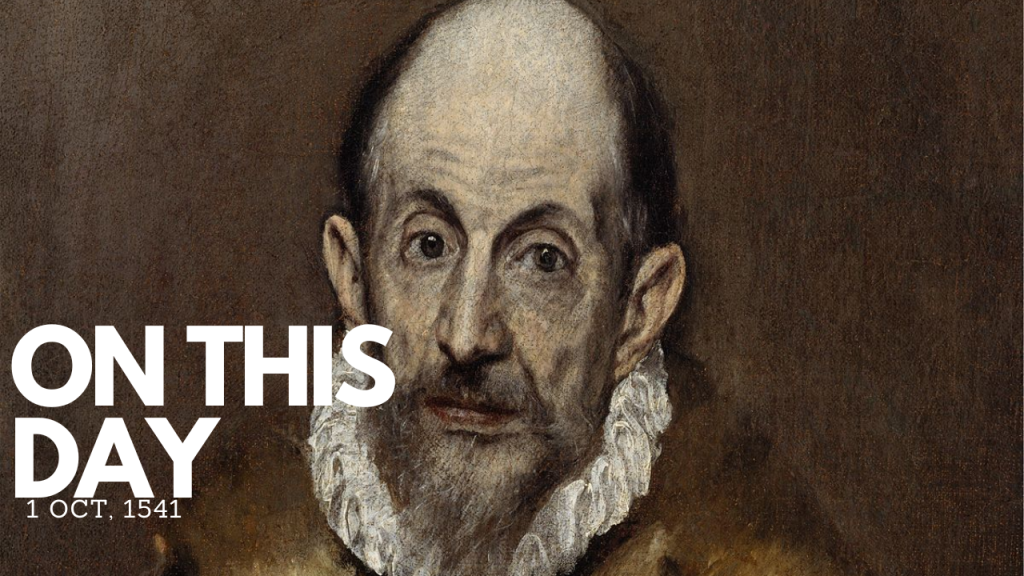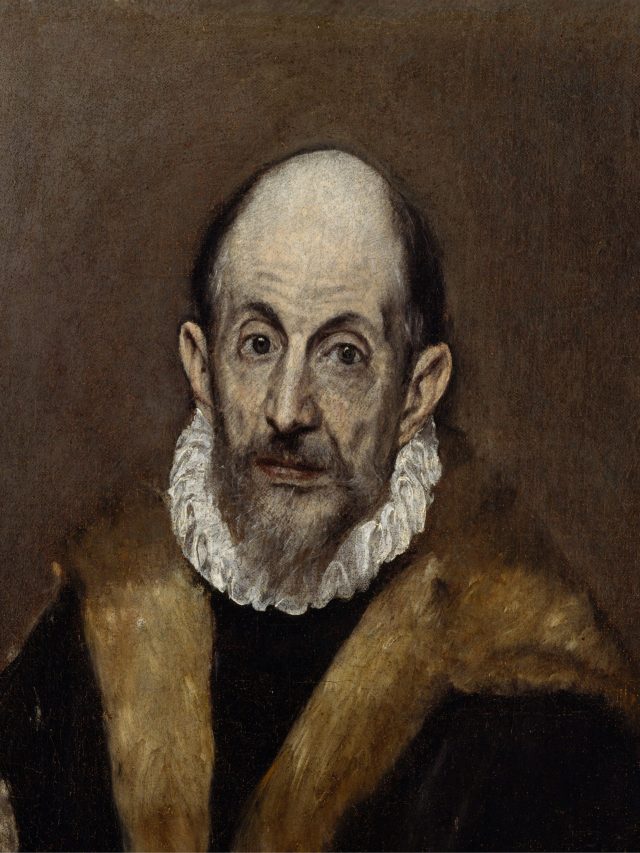An artist who took the Spanish Renaissance to new heights is Domenikos Theotokopoulos, commonly known as El Greco the painter. He was a Renaissance painter, sculptor, and architect born in 1541 in Crete (then a part of the Republic of Venice). It was the epicentre of post-Byzantine art, which El Greco mastered before travelling to Venice where he enriched his artwork with Venetian Renaissance. The artistic vision, marked by unique and nuanced El Greco painting and sculpting style, set him apart from his contemporaries and left an enduring impact on the art world.
El Greco Painting Style
El Greco paintings are characterized by their emotive intensity, elongated figures, and vibrant use of colour. According to him, colour was more important than the form. When one looks at paintings by El Greco, it is easily comprehensible that his work influenced Expressionism and Cubism in their own ways. Take Pablo Picasso’s ‘The Portrait of a Painter After El Greco’ (1950) which was a cubist rendition of one of El Greco famous paintings, ‘Portrait of Jorge Manuel Theotocopoulos’ (1600-1605).
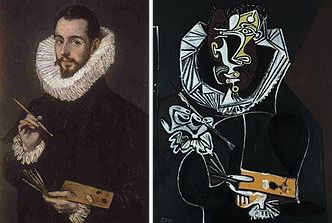
El Greco the painter, developed a distinctive manner that blended elements of the Byzantine tradition from his early years in Crete with the influences of the Italian Renaissance, particularly the works of Michelangelo and Titian. His artistic evolution was also shaped by the cultural and religious context of Spain, where he spent the latter part of his career. Although his work could not be classified then, according to art historian Max Dvořák, he was the precursor of mannerism and anti-naturalism.
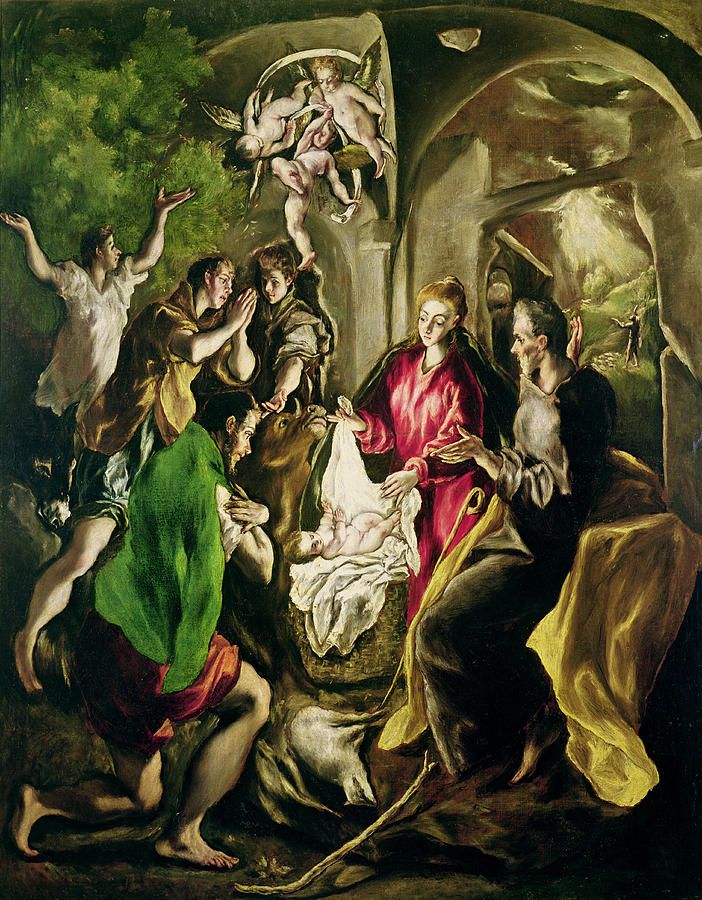
El Greco paintings carry elongated figures, which gives rise to drama. This allowed him to distort form and space giving the protagonists an ethereal and otherworldly quality. This unique feature is evident in his depictions of both religious and secular subjects. His use of intense colors and dramatic lighting increased the aesthetics and emotional impact of his artworks which contributed to the rising sense of spirituality and mysticism.
El Greco Most Famous Paintings
In his artistic career, El Greco created a substantial (over 300) body of artworks, including paintings, sculptures, and drawings. Some of the most notable El Greco painting names include ‘The Burial of the Count of Orgaz’ (1586-1588), ‘The Adoration of the Shepherds’ (1570-1572), ’The Assumption of the Virgin’ (1567), ’Saint Martin and the Beggar’ (1597-1599), and more. Although the list of famous paintings by El Greco goes on, we decipher two of his most notable creations.
View of Toledo Painting El Greco
El Greco the painter created ‘View of Toledo’ between 1596 and 1600. A landscape masterpiece, the painting chronicles the night sky, rivalling Vincent Van Gogh’s Starry Night. It is a staple at the Metropolitan Museum of Art in New York, offering a unique and visionary perspective of the Spanish city of Toledo. The use of earth tones creates an intense play between light and shadow.
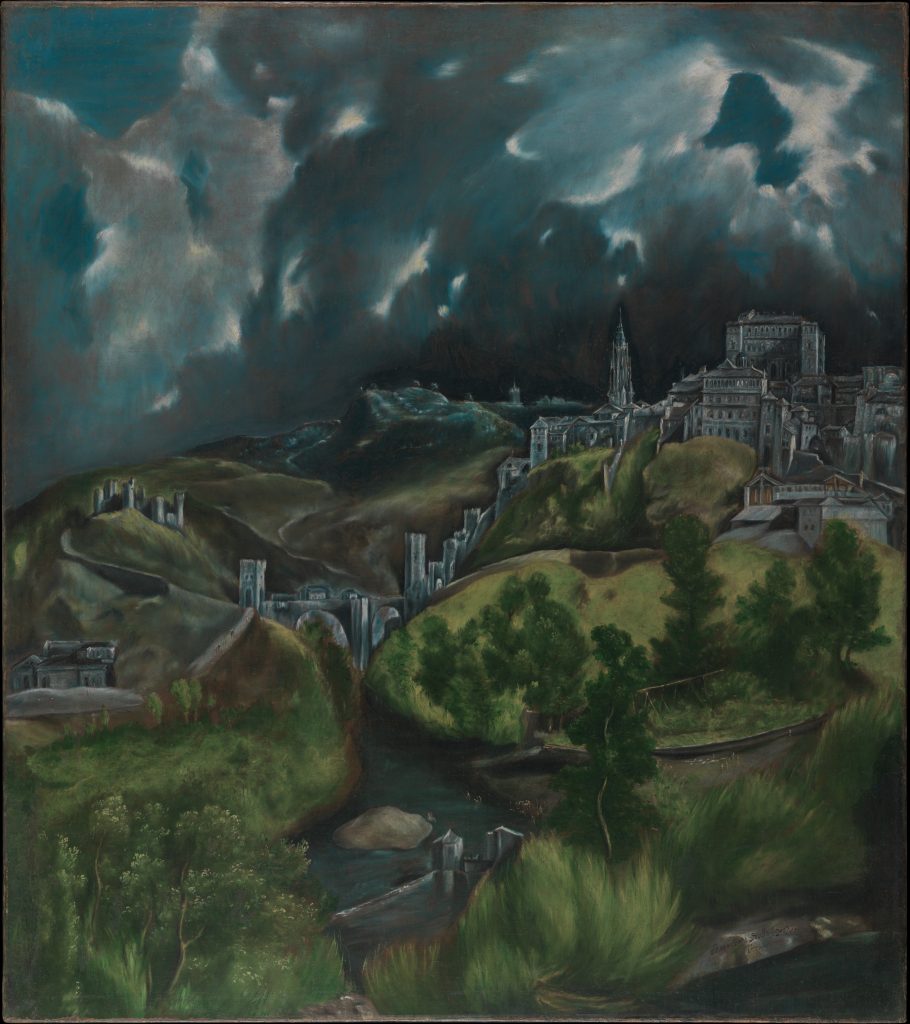
In the Toledo Painting El Greco depicts the city, perched on a hill, bathed in an otherworldly light (vivid blues, blacks, and white) contrasting the green scenery. It transforms the mundane city into the extraordinary, bringing drama. It may be said that El Greco the painter wanted to describe Toledo as a city on a rise to heaven, adding to the emotional and spiritual impact of the painting.
El Greco Paintings Jesus – The Entombment of Christ
El Greco the painter relied on religious imagery, a common phenomenon at the time. Hence, it is only natural that ‘Jesus’ or ‘Christ’ becomes a focal point of his masterpieces. El Greco most famous painting, ‘The Entombment of Christ’ was created between 1570 and 1576. The picture describes the scene of Jesus’ entombment. The painting mostly uses earth tones ( a combination of brown, beiges, and muted reds) with his signature mannerisms. The painting resides in Alexandros Soutzos Museum, Athens.
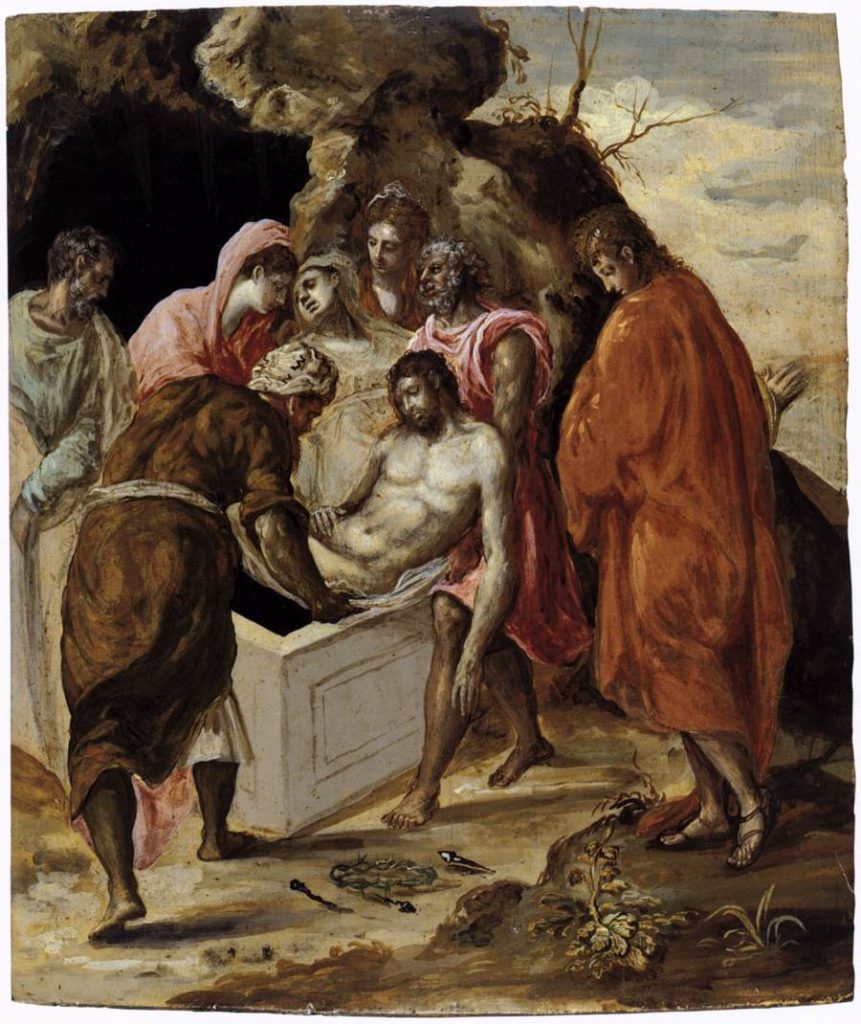
In this El Greco painting Jesus is being prepared for his burial, shrouded in white cloth. Despite his death, the elongated effigy carries a serene expression, only contrasted by the mourning women. Their expressions jolt the viewer and evoke the feelings of sadness and grief. The figures are really close to each other. If looked at in isolation, there are several variations of a triptych, resembling the oeuvre of Kitagawa Utamaro.
Image Courtesy – Wikipedia

